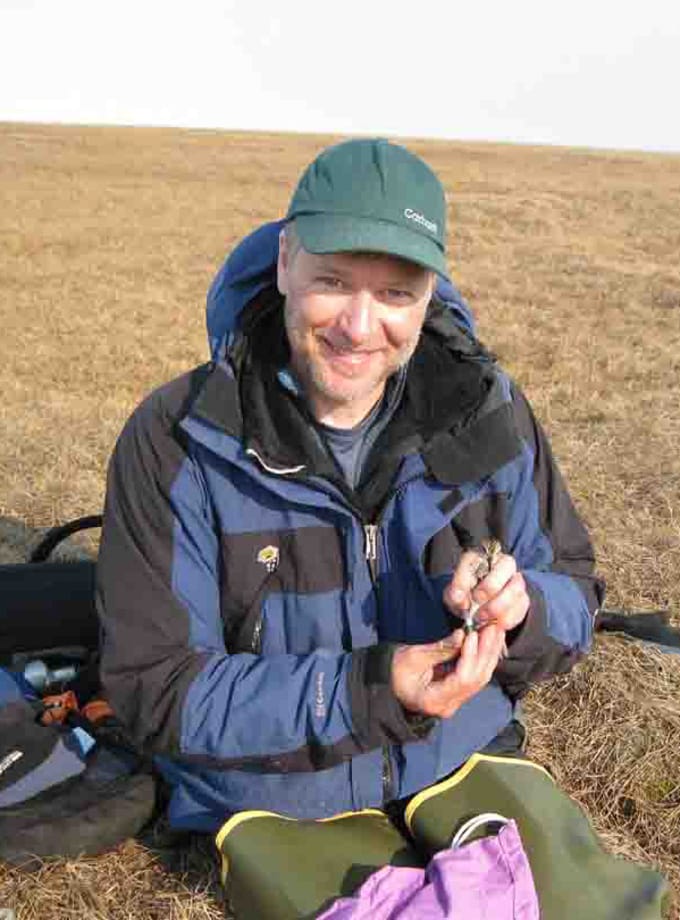Every spring Manomet’s Shorebird Recovery Program prepares to launch field expeditions to shorebird breeding habitats in the arctic, but we’ve rarely had as exciting and ambitious plans as we do this year. Over the years, Manomet has conducted many different research projects across the North American Arctic, but usually just one major project at a time. This spring we are returning to the Arctic National Wildlife Refuge and will be conducting our busiest field season ever, with three projects underway at the same time.
Our first project is to conduct a shorebird population survey of the entire 1002 Area, the disputed area recently opened to oil and gas exploration and potential development. Recent legislation that opened up this area to exploration has already led to environmental reviews of potential impacts, and we’ll be working closely with our partners to gather important baseline data on shorebird status before any oil and gas exploration occurs.
Back in 2000 we helped initiate a shorebird survey of the entire North American Arctic as part of the Program for Regional and International Shorebird Monitoring (PRISM). The goal of arctic PRISM is to systematically survey shorebird habitats across the arctic every 20 years to measure population status and trend. We previously surveyed the Refuge in 2002-4, so our upcoming expedition will be an important opportunity to measure shorebird population change, determine population trends, and better understand the current status of shorebirds in this area. This is critical so that mitigation measures can adequately replace any lost habitat functions that may result from future industrial development. Shorebirds are the most populous and among the most threatened groups of birds in this area of Alaska. Data from high quality habitat areas prior to any development will aid our efforts to ensure impacts from impending development are fully mitigated.





 Back to all
Back to all
